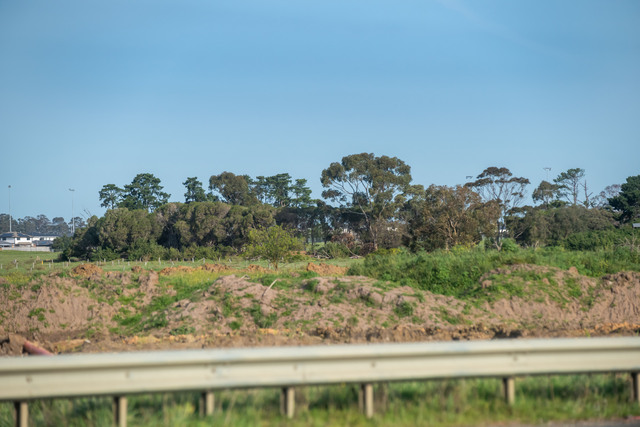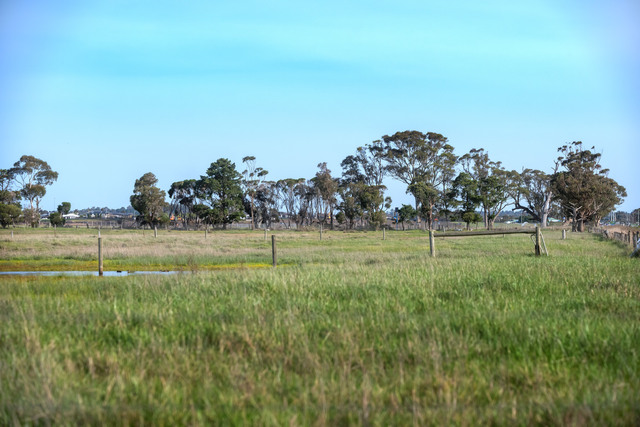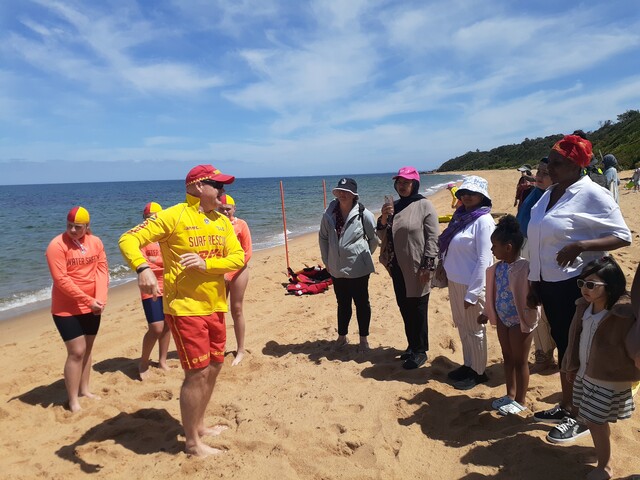A proposed commercial and industrial development in Cranbourne West has triggered Federal involvement due to its potential to disrupt the habitats of vulnerable and endangered species.
WPH Cranbourne Investments Pty Lty, related to Salta Properties, proposed to remove 0.512 hectares of native vegetation at 690 Western Port Highway for future development.
The company is both the landowner and the land developer.
Approximately 50 hectares of non-native vegetation is also proposed to be removed.
According to an environment assessment report by consultancy Nature Advisory, the proposed development land contains “potential habitats” for 15 fauna species listed under environment protection law, including the grey-headed flying-fox, critically endangered swift parrot, endangered Australian painted-snipe, and several migratory species.
Growling grass frog, endangered southern brown bandicoot, and endangered swamp skink are also considered to have the potential to occur in the area.
The report suggests field surveys failed to locate any of these three ground-dwelling species within the potential habitat.
The report also assesses the susceptibility of all the listed species and states that the proposed development is unlikely to have any significant impacts on them, given the species’ low level of reliance on the subject habitat resulted from the low quality of the land and the availability of other suitable habitats in the region.
The subject land is in a “relatively poor” environmental condition, according to the permit application submitted to the federal Department of Climate Change, Energy, the Environment and Water.
Most of the land has been “heavily disturbed” by cattle grazing, and the vegetation now mainly consists of introduced pasture grasses, the application writes.
The landowner highlights that it will retain a patch of native vegetation of high quality.
“The patch being removed is a low-quality patch and only comprised understorey species,” it states.
Professor of wildlife and ecology at Deakin University Euan Ritchie said threatened species needed connected landscapes to survive in and move through, no more so than in already highly modified and fragmented urban and peri-urban areas.
“Habitat quality and value isn’t simply a matter of size. Small patches of habitat can be disproportionately important for conserving some threatened species, and contribute to more connected, functional landscapes,” he said.
“Some threatened species, including southern brown bandicoots and swift parrots, are adaptable and live in or move through highly modified habitats.
“But there are limits. A patch of invasive weeds might provide a home for bandicoots, but concrete and buildings won’t.
“Continuing to destroy patches of habitat of threatened species is very much death by continuous cuts.”
A referral has been made to the Federal Environment Minister to decide upon the proposed native vegetation removal.
The referral is open for public comments until 19 September.
To submit comments, visit the EPBC Act Public Portal at epbcpublicportal.awe.gov.au








